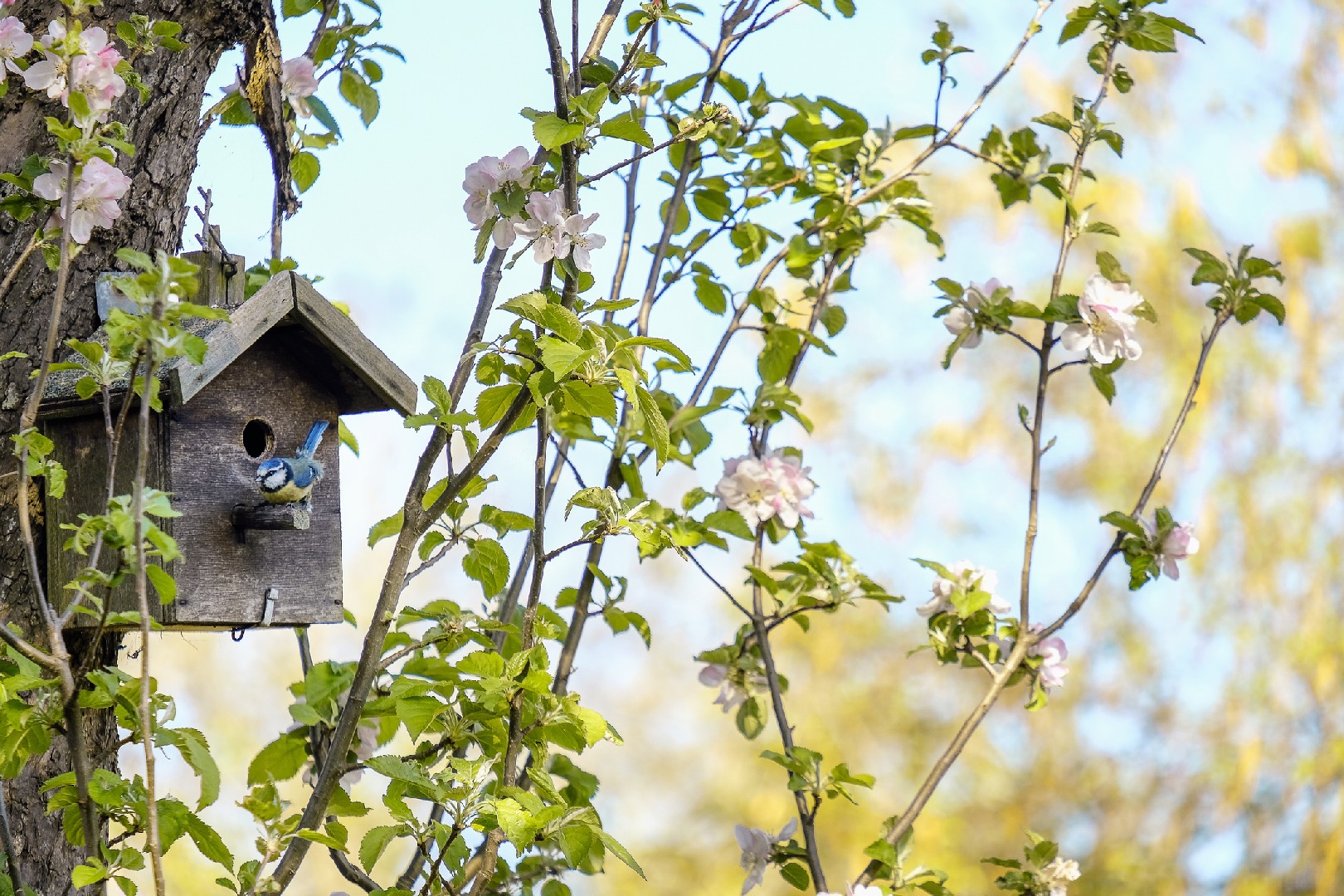
The Importance of Minimizing Human Disturbance
In order to design unintrusive wildlife observation areas in your garden, it is crucial to understand the negative impacts of human disturbances on garden wildlife. By minimizing human disturbance, we can create a safe and harmonious environment for our furry friends.
One of the main concerns when it comes to human disturbance is the disruption of natural behaviors. Wildlife species have unique and sensitive ecosystems, and any human interference can disrupt their feeding, mating, and nesting habits. For example, loud noises, vibrations, and sudden movements can startle birds and drive them away from their nesting sites, causing them significant stress and forcing them to abandon their eggs or chicks.
To minimize disturbance, it is important to be mindful of your presence in the garden. Avoid sudden movements, loud noises, and excessive lighting, especially during sensitive times such as breeding seasons. Additionally, consider creating physical barriers or buffer zones around nesting areas to provide a safe and undisturbed space for the wildlife to thrive.
Unintrusive observation of wildlife brings numerous benefits to both the observer and the wildlife itself. When observing wildlife without disturbing their natural behaviors, we gain valuable insights into their habits and interactions, contributing to our understanding of local ecosystems. This knowledge can help us make informed decisions about how to best create and maintain a wildlife-friendly garden.
Moreover, unintrusive observation allows wildlife to carry out their important ecological roles without interruption. For example, pollinators like bees and butterflies play a crucial role in plant reproduction, but their activities can be disrupted by human presence. By creating unintrusive observation areas, we ensure that these vital interactions take place undisturbed, helping to maintain a healthy and balanced ecosystem.
In addition to the ecological benefits, unintrusive observation aids in the sustainability of wildlife-friendly gardens. By reducing disturbance, we create a welcoming environment that encourages more wildlife to visit and inhabit our spaces. As a result, our gardens become thriving habitats that support biodiversity and provide havens for endangered or declining species.
To design unintrusive wildlife observation areas, consider providing natural cover such as shrubs or trees to create hiding spots for wildlife. Inclusion of native plants will attract a variety of species, providing ample opportunities for observation. Providing water sources such as bird baths or small ponds can also attract a range of wildlife, further enhancing the observation experience while minimizing disturbance.
By minimizing human disturbance and practicing unintrusive observation, we can ensure the well-being of garden wildlife and create a rewarding experience for ourselves. Let's take a step towards a harmonious coexistence with nature and design our gardens as sanctuaries for wildlife observation.









